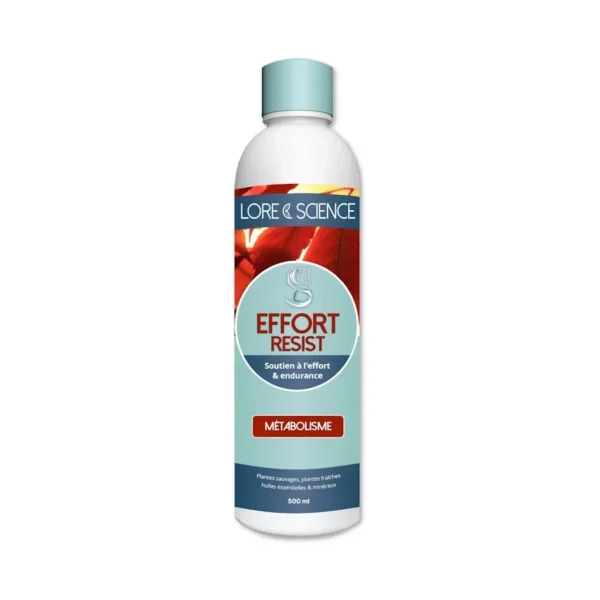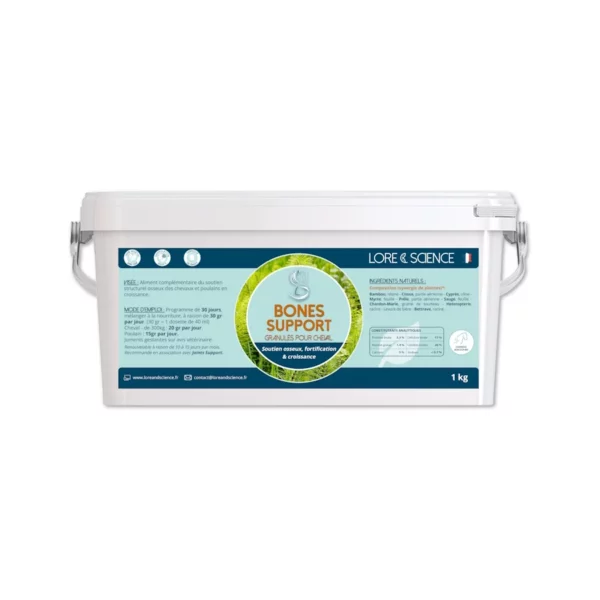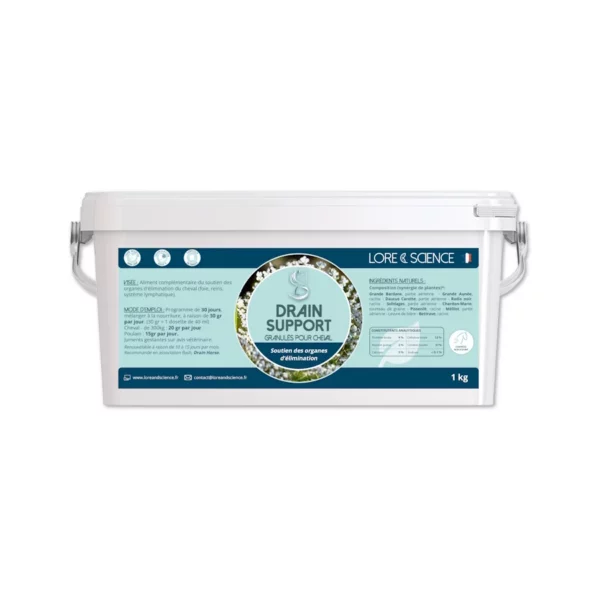Lactates, lactic acid friends or enemies of racehorses?
Lactic acid, far from being an organic waste product, is one of the main elements produced by the muscles for their energy.
Lactates and lactic acid come from the action of glycolysis produced by the muscles, a natural process that transforms glycogen (a form of sugar stored in the muscles) into energy.
They are therefore essential to training but not consumed it must get rid of them.
Aerobic and anaerobic
This process of muscle energy production occurs either in the presence of oxygen (aerobic) or without oxygen (anaerobic) and it is in this second case that lactic acid is produced.
The aerobic phase
In the aerobic phases of moderate paces and long-distance training, the lactates produced are all used, particularly for muscle energy. There is therefore no accumulation or overload of lactates in the blood.
❗ During the slight anaerobic phases that occur even in the cross-training phases, the lactates produced are consumed.
The anaerobic phase
Anaerobic threshold: the anaerobic threshold is the moment when the aerobic phase is no longer sufficient to produce enough lactate for the intensity of the effort required.
The horse will then go anaerobic and lactic acid production will skyrocket.
The faster the horse is asked to go, the more muscular energy it will produce to do so. Lactate production intensifies, and not all lactates are consumed: lactic acid accumulates in the bloodstream.
Cramps, joint stiffness
Is lactic acid responsible?
In part, yes, but these ailments are mainly due to poor blood circulation in the capillaries irrigating the muscles.
This impaired blood circulation slows down cellular oxygenation of the muscles and the "evacuation of lactic acid".
How can we help horses use this energy to the fullest?
Organs and glands to pamper → EFFORT RESISTANCE
The Pancreas
It is this gland that takes care of the correct distribution of energy substrates (lipids and carbohydrates) for life and energy. It is through the vector of insulin that sugars are transported to the cells. If the pancreas is malfunctioning, muscle energy is lacking, but when the pancreas is at its best, it will adapt to the demands of the horse's training to provide the quality and quantity of energy needed at the right time.
❗ It goes without saying that the pancreas will only be able to function well if the feed offered to the horses is appropriate for the discipline they are playing.
Obviously, you can't feed an endurance horse like a thoroughbred.
The Heart
The heart is a muscle that also produces lactates during exercise. To function properly, it must receive its energy sources from the pancreas.
The heart and the pancreas, which are closely linked, become inseparable for sports performance, one carrying the blood and the other the energy substrates.
The Blood
see final paragraph ↓
How can I get rid of accumulated acids in the blood faster and easier?
1Longrecovery is the preparation for the next race → ACIDLESS
Expiration
There is a volatile form of the acids that will be eliminated by exhaling. It is essential that the horse can to evacuate these acids It is essential that the horse is able to get rid of these acids immediately after the effort, so the more active and longer the recovery, the more the horse will have the possibility to unload its respiratory system of these elements, which in overload, become very quickly problematic for its pulmonary health.
Sweating
Much of the lactate will be eliminated by sweating. Many trainers have observed that the second sweating that horses do after exercise should not be prevented by a premature shower.
Indeed, this second perspiration allows the lymph (thus the largest apparatus of the immune system) to evacuate acids and toxins.
-

 Acidless - Post-exertion recovery for horses29,90 € - 79,90 €
Acidless - Post-exertion recovery for horses29,90 € - 79,90 €
The urine
The kidneys will eliminate the last traces of acids.
2Helphis blood circulation → FILBLOOD
One of the characteristics of horses is that their blood is very thick, which does not give them an advantage in eliminating overloaded acids.
It is the blood that serves as a vehicle in the body, either to feed or to eliminate.
It is easy to understand that the better the blood circulates, the better the horse breathes (circulation of oxygen to the muscles and organs) but also that it eliminates waste faster (circulation of this waste to the emunctories)
You liked this article, don't hesitate to react in the comments.
















